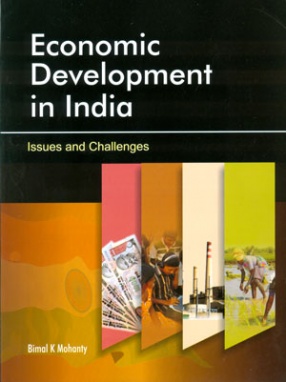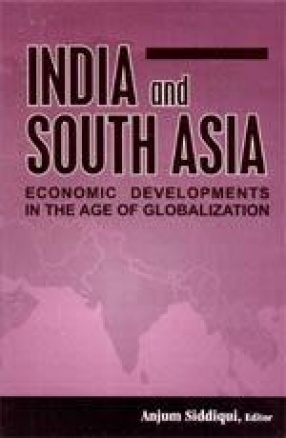After the initiation of economic reforms in 1991, India's economy has been growing faster than its historical growth rate. The country's gradual and cautious approach to economic reforms has proved well-founded, and India is placed on a firm footing for future forays into domestic and global economic activities. It's economy is capable of achieving high growth rates in response to the implementation of appropriate and timely economic reforms. However, this achievement hinges critically on: the improvement of domestic savings rate (including public savings), increased public investment, efficient, reliable, and affordable infrastructure, higher inflow of foreign capital, better credit delivery system, labor reforms, export competitiveness. Regional balanced development has all along been accepted as an important national objective to ensure that benefits of development planning flow to all parts of the country. However, the pattern of economic development over the last two decades has not promoted this cherished objective. It has left in its trail a variety of inequalities which have caused socio-politico tensions. While the economy has performed well in terms of the growth rate of GDP, its performance in terms of human development indicators has been unsatisfactory. This volume contains 26 research papers devoted to national economic issues and challenges, as well as state level economic problems and solutions. The analytical approach of the contributors provides deep insights into the current dynamics of India's growth.
India and South Asia: Economic Developments in the Age of Globalization
South Asia has become a ...
$83.70
$93.00





There are no reviews yet.